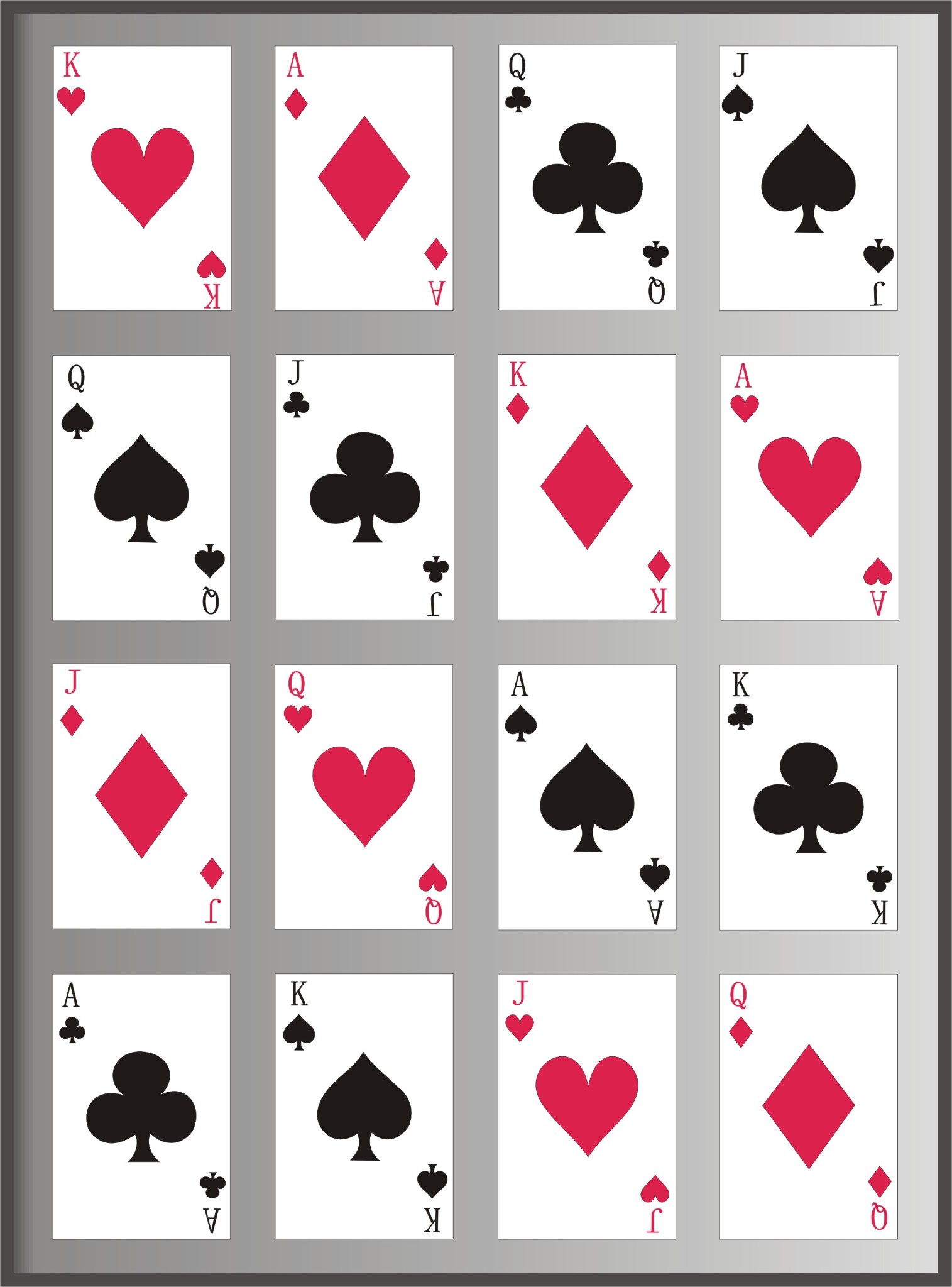In the realm of card games, the term “90 quadrations” may seem cryptic or unfamiliar to many. However, for those involved in specific card games, mathematical card games, or certain mystical practices, the concept of quadrations holds significant value. From its role in game mechanics to its symbolic representations in divination and card-based strategies, 90 quadrations can offer insight into a deeper, more complex layer of card games and the strategies involved.
In this article, we explore the intriguing idea of 90 quadrations in cards, their origins, their uses, and their potential impact on gameplay, strategy, and even fortune-telling. Whether you’re a casual card player, an enthusiast of card games, or someone intrigued by the mathematical and mystical aspects of card-related systems, the following discussion aims to shed light on this mysterious concept.
What Are Quadrations in Cards?
To understand what “90 quadrations” refers to in the context of cards, it’s essential first to define what quadrations are. The term itself is derived from the word “quadrant,” a geometric term that refers to one-quarter of a circle or any quartered system. In card games or systems using cards for calculations or mystical purposes, quadrations typically refer to subsets or groupings of cards arranged in sets of four. These groupings could be based on suits, ranks, or more abstract methods of organizing the cards.
In many card games, quadrations play a role in organizing the deck into manageable units, each containing four cards that share a certain common property. For example, in a traditional deck of playing cards, the four suits—hearts, diamonds, clubs, and spades—could be considered quadrations if arranged as four separate groups, each containing 13 cards. This arrangement allows for a systematic approach to gameplay, enhancing both strategy and decision-making.
However, the concept of 90 quadrations specifically refers to the number of such sets in a given card system, suggesting a much more complex structure than the traditional 52-card deck. This idea may appear in specialized card games, strategic setups, or in theoretical models of card manipulation.
Where Does the Number 90 Come From?
The number “90” in “90 quadrations” likely stems from a theoretical or mathematical system in which a deck is subdivided into 90 distinct groupings. While there is no widely known card game or system that directly uses “90 quadrations” as a standard term, it is plausible that in advanced card theory, games, or cryptographic card games, this concept is used to represent an intricate grouping system.
In such a context, 90 quadrations could mean the total number of quadrants or units into which the cards are split. These quadrants might be based on a variety of factors like combinations, permutations, or strategic arrangements—each designed to reflect the possible outcomes or scenarios that can emerge during a game. For example, if a game involved using a highly specialized deck with many more than the usual 52 cards, such as a deck with multiple sets or additional cards, the number of quadrations could correspond to specific subsets that account for all possible groupings within the deck.
Another possibility for the origin of the number is in systems used for divination or fortune-telling, where the idea of 90 quadrations could represent a symbolic number—perhaps reflecting a particular stage in a sequence, cycle, or period. Numerology often assigns significance to numbers, and the number 90 could have mystical or symbolic importance when dealing with cards.
90 Quadrations in Card Games: How Does It Impact Gameplay?
In card games, the use of quadrations and complex systems like 90 quadrations can greatly influence how players approach strategy and decision-making. Games that incorporate such concepts typically involve a level of depth that requires players to think several moves ahead, factoring in not just the cards in their hands but the potential combinations and permutations that can arise from other quadrants.
For example, in card games that involve betting or selecting subsets of cards, knowing the position of cards within quadrations could provide a strategic advantage. Players who can anticipate which group of cards will be most favorable for them, or which quadration holds the most potential for winning combinations, can craft more effective strategies.
Furthermore, the concept of 90 quadrations can add an element of unpredictability or hidden information to the game. Since there are so many possible groupings, it may be difficult for players to track every potential outcome, leading to a more dynamic and exciting game.
In some advanced card games, players might also use quadrations to create certain patterns or sequences, maximizing the potential for winning hands. These strategies could be based on probability calculations, predictive analytics, or even psychological factors where players try to mislead their opponents into making suboptimal decisions based on the perceived organization of the quadrations.
The Role of 90 Quadrations in Card Divination and Mysticism
Card games are not the only domain where quadrations are significant. In fact, the use of cards for divination purposes, such as Tarot cards or other mystical systems, often involves creating groupings or divisions within the deck to interpret meaning. In these contexts, quadrations can be seen as a way of breaking down the deck into smaller, manageable units for spiritual or symbolic readings.
In a Tarot reading, for instance, the deck may be divided into suits, and within each suit, cards may represent specific aspects of a person’s life, such as emotions, challenges, or desires. While the number 90 quadrations is not typically associated with Tarot, some divination systems could interpret the number as an important milestone in the spiritual journey. Here, the quadrations might reflect cycles or stages of personal growth or revelation.
The process of card reading often involves drawing cards from various quadrations and interpreting them within the context of the reader’s life or the question being asked. Each quadration or grouping could represent different themes or energies at play, with the goal being to understand the intersections between these energies to gain insight or clarity.
In numerology, the number 90 can symbolize completion or fulfillment. Thus, 90 quadrations in a card-based mystical system could indicate a conclusion, a shift in focus, or a significant point of transformation.
Applying 90 Quadrations: A Case Study in Strategy and Innovation
Imagine a new card game designed with the concept of 90 quadrations in mind. This game could be a hybrid of strategy, skill, and mysticism, where each player has access to a deck of cards subdivided into 90 distinct quadrations. Each quadration might represent a unique aspect of the game, such as a particular type of card combination, a rule alteration, or a shifting pattern that changes as the game progresses.
Players would need to navigate these quadrations, selecting the most advantageous grouping of cards to complete their objectives while keeping their opponents in check. The larger number of quadrations introduces an element of strategic complexity, as players must consider not just the immediate cards in play but also the potential combinations of cards across multiple quadrations. This results in a game that is rich in depth and allows for a great deal of personal creativity.
Such a game would likely appeal to card game enthusiasts, puzzle lovers, and even players with an interest in mathematics or symbolic thinking. It could challenge players to balance short-term tactics with long-term strategies, weaving through the quadrations to achieve victory.
Conclusion: The Enigma of 90 Quadrations
While the idea of 90 quadrations in cards remains a somewhat obscure concept, its implications in card strategy, mathematical theory, and mysticism are profound. Whether applied to traditional card games, innovative new games, or systems of divination, the use of quadrations allows for a more nuanced and complex approach to card-related activities. The idea of dividing a deck into smaller, specialized units opens up endless possibilities for players, allowing them to explore new avenues of gameplay, strategy, and even spiritual insight.
As we continue to explore new frontiers in card games, both for entertainment and mystical purposes, the notion of quadrations—particularly 90 of them—may come to symbolize a turning point in the evolution of card-based systems. For those brave enough to tackle the enigma of 90 quadrations, the rewards could be endless.




